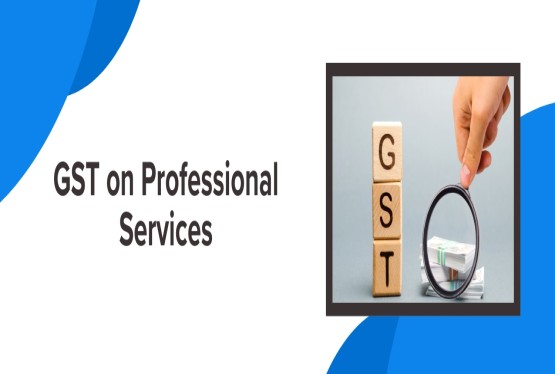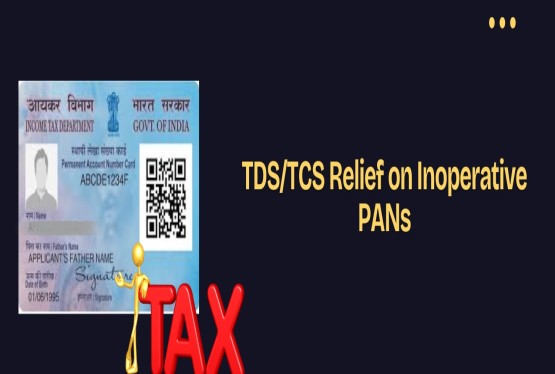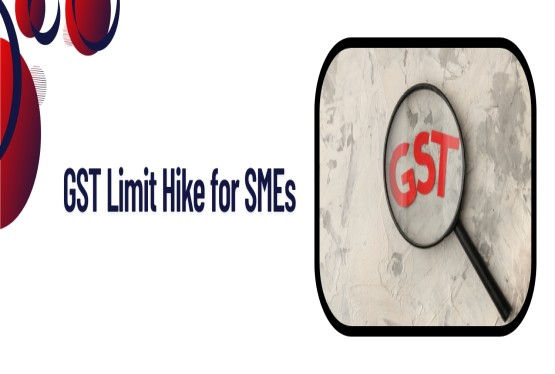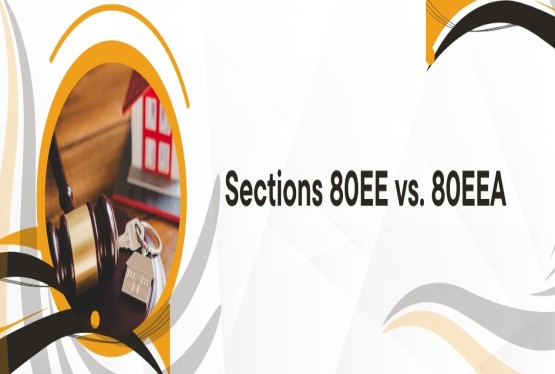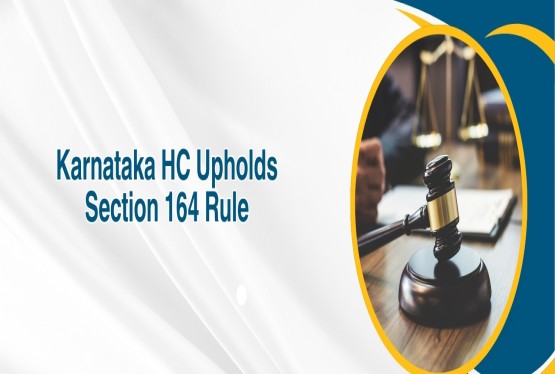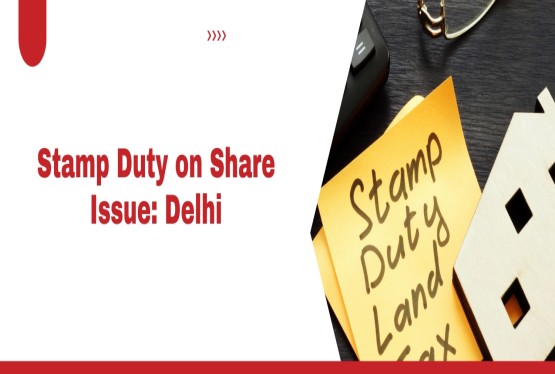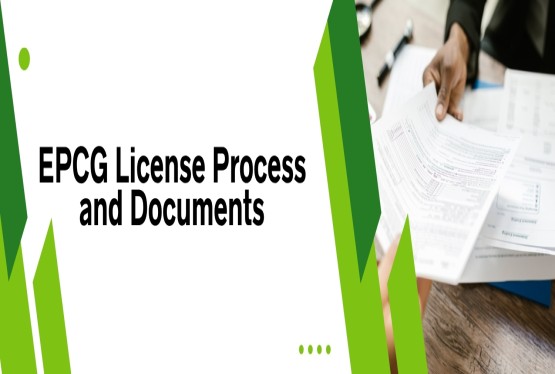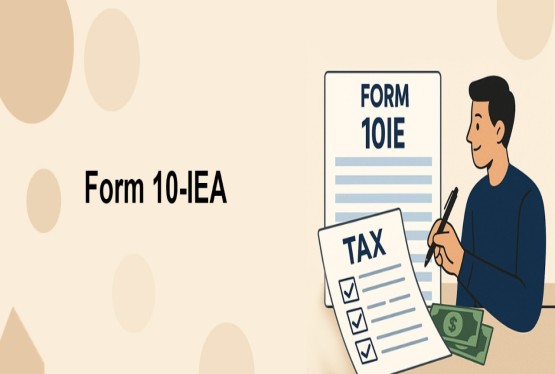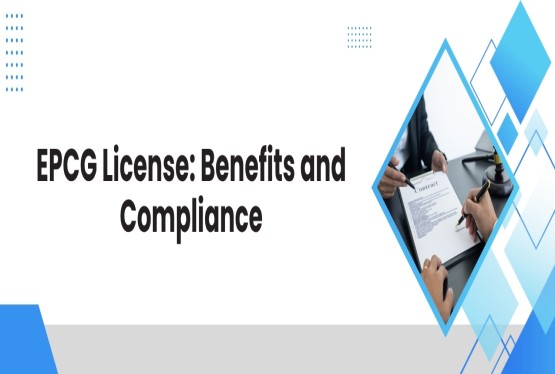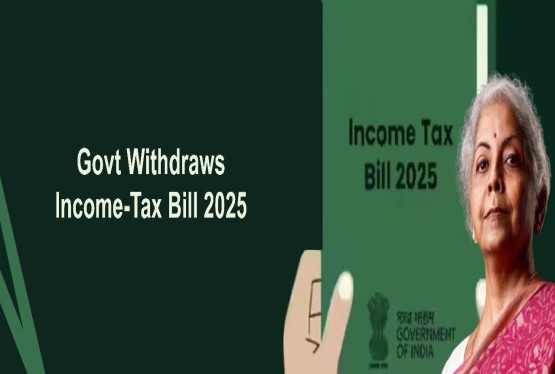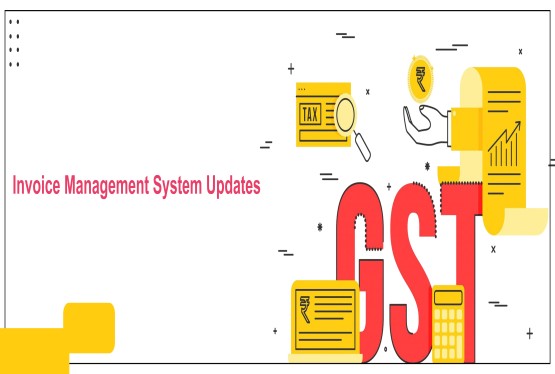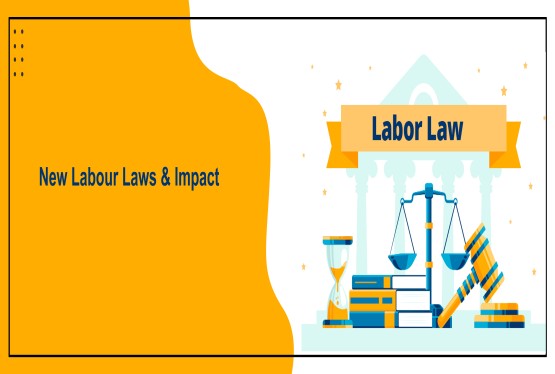Under the Indian Goods and Services Tax (GST) framework, registration is mandatory for businesses exceeding prescribed turnover limits or engaging in taxable supplies. However, the GST authorities may, under specific conditions, cancel a taxpayer's registration on their own motion—this is known as Suo Moto Cancellation of GST Registration. Such action is initiated without any request from the taxpayer when there is reason to believe that the taxpayer is not complying with GST provisions. This process is legally governed by Section 29(2) of the CGST Act, 2017 and further detailed under Rules 21 and 22 of the CGST Rules, 2017, which outline the grounds and procedure for such cancellation.
Meaning of Suo Moto Cancellation of GST Registration
The term "Suo Moto" is derived from Latin, meaning "on its own accord" or "of its own motion." In the context of GST law, Suo Moto cancellation refers to the cancellation of a taxpayer’s GST registration by the Proper Officer without any application from the taxpayer. This is typically done when the officer has valid reasons to believe that the taxpayer has breached GST laws, such as non-filing of returns, non-commencement of business, or fraudulent activities. Such cancellation can severely impact business operations, including restrictions on making taxable supplies or availing input tax credit. It is therefore crucial to understand the grounds and remedies associated with it.
Conditions for Suo Moto GST Registration Cancellation
The GST authorities can initiate Suo Moto cancellation of registration under several conditions as specified in Rule 21 of the CGST Rules. Common grounds include non-filing of returns for a continuous period, issuing invoices without actual supply of goods or services, violation of anti-profiteering provisions, or non-compliance with registration requirements. Such violations trigger action by the Proper Officer without the need for a taxpayer’s request.
1. Non-Commencement of Business: If a person obtains voluntary GST registration under Section 25(3) but does not commence business within six months from the registration date, the Proper Officer may initiate Suo Moto cancellation of the registration under Rule 21(a) of the CGST Rules, 2017.
2. Non-Filing of Returns:
(a) For composition taxpayers, failure to file returns for three consecutive tax periods may lead to Suo Moto cancellation of GST registration by the authorities.
(b) For regular taxpayers, non-filing of GST returns for six continuous months or more can result in Suo Moto cancellation of registration by the Proper Officer.
3. Violation of GST Provisions:
(a) Issuing fake invoices without making actual supply of goods or services can lead to Suo Moto GST cancellation for violating GST compliance norms.
(b) Claiming Input Tax Credit (ITC) fraudulently or in violation of Section 16 provisions is a valid ground for cancellation of GST registration.
(c) Violating anti-profiteering provisions under GST laws, such as not passing tax benefits to consumers, can result in Suo Moto cancellation of registration.
4. Business Not Conducted from Registered Place: If it is found that the taxpayer is not operating from the declared place of business mentioned in the GST registration, the Proper Officer may initiate Suo Moto cancellation of the registration under Rule 21(b) of the CGST Rules, 2017, citing non-compliance with registration norms.
5. Fraudulent Registration: If the GST registration is found to have been obtained through fraud, willful misrepresentation, or suppression of material facts, the Proper Officer can initiate Suo Moto cancellation under Rule 21(d) of the CGST Rules, 2017, to prevent misuse of the GST framework.
6. Discrepancies Found During Verification: Mismatch in GSTR filings, tax evasion, or discrepancies found during physical verification of business premises may lead to Suo Moto cancellation of GST registration by the Proper Officer under Rule 21 of the CGST Rules 2017, due to non-compliance or fraudulent activity.
Procedure for Suo Moto Cancellation of GST Registration
When GST authorities find sufficient grounds under Rule 21 of the CGST Rules, they may initiate Suo Moto cancellation of a taxpayer’s registration. The procedure is as follows:
1. Issuance of Show Cause Notice (SCN): The Proper Officer issues a notice in Form GST REG-17 to the taxpayer, stating the reasons for proposed cancellation and allowing the taxpayer to respond within 7 working days from the date of the notice.
2. Reply by Taxpayer: The taxpayer must reply to the Show Cause Notice by submitting Form GST REG-18 within 7 working days, along with necessary clarifications, explanations, and supporting documents to justify why the registration should not be cancelled.
3. Decision by the Officer:
(a) If the Proper Officer finds the taxpayer’s reply satisfactory, the cancellation proceedings are dropped, and an order to this effect is issued in Form GST REG-20, confirming continuation of registration.
(b) If the Proper Officer is not satisfied with the reply, the GST registration is cancelled by passing an order in Form GST REG-19, clearly stating the effective date and the reasons for cancellation.
4. Effective Date of Cancellation: The cancellation is effective from a date determined by the officer and mentioned in the order. This may be retrospective if the business was non-compliant for a prior period.
What Will Happen Once Registration is Cancelled?
Once a GST registration is cancelled through the Suo Moto route, the taxpayer is barred from making taxable supplies, cannot collect GST, and becomes ineligible to claim Input Tax Credit (ITC), affecting business operations and compliance obligations.
-
The taxpayer cannot issue tax invoices for any supplies made after the date of cancellation, as the registration ceases to be valid.
-
The taxpayer must file a final return in Form GSTR-10 within three months of the cancellation date, summarizing all transactions up to that date.
-
Becomes liable to file a final return (GSTR-10) within 3 months of the date of cancellation. This return summarizes all transactions till the date of cancellation.
-
Input Tax Credit (ITC) on unsold stock, inputs, and capital goods held at the time of cancellation must be reversed and reported accordingly.
-
The taxpayer remains liable to pay any outstanding tax dues, penalties, and applicable interest for past non-compliance periods, if any.
-
If the cancellation was due to fraud, misrepresentation, or serious violations, the taxpayer may face restrictions on applying for fresh GST registration.
Continuing to make taxable supplies after the cancellation of registration is illegal and considered an offence under GST law, which can lead to hefty penalties under Section 122 of the CGST Act.
How to Activate a Cancelled Suo Moto GST Registration
In genuine cases where cancellation was either unintentional or wrongful, or the reason for cancellation has been rectified, the law provides a mechanism to revive the cancelled registration through a process known as revocation of cancellation.
Eligibility to Apply for Revocation:
-
The revocation of GST registration is allowed only when the cancellation has been done Suo Moto by the GST department. If the taxpayer has voluntarily applied for cancellation of their registration, the option to file for revocation is not available under the GST law.
-
Before applying for the revocation of Suo Moto cancellation, the taxpayer is required to file all pending GST returns and discharge any outstanding liabilities, including tax dues, interest, and penalties. Only upon full compliance can the revocation application be considered valid.
-
Application for revocation must be filed in Form GST REG-21 within 30 days of the date of the cancellation order. This timeline may be extended by the Additional/Joint Commissioner or Commissioner for a further period if justified.
Steps to File for Revocation:
-
Log in to the official GST portal using your valid credentials to access the taxpayer dashboard for initiating the revocation process.
-
Direct to Services > Registration > Application for Revocation of Cancelled Registration to open the revocation form.
-
Fill out Form GST REG-21 with clear reasons for seeking cancellation and upload all necessary supporting documents to validate your claim.
-
Submit the application and wait for the GST officer to review your request. You will receive a response or order based on the officer’s satisfaction with your explanation.
If satisfied, the officer will pass a revocation order in Form GST REG-22, thereby restoring the GST registration. If not satisfied, a rejection order is passed in Form GST REG-05 after issuing a show cause notice and considering the reply.
Impact of Suo Moto Cancellation on Business
Suo Moto cancellation can significantly damage a business’s credibility, disrupt operations, and impact financial health. It restricts the ability to make taxable supplies, claim ITC, issue invoices, and may lead to penalties, legal actions, and loss of market reputation. Various of the major impacts include:
1. Restriction on Supply of Goods or Services: The business can no longer make taxable supplies or collect GST from customers, leading to disruptions in operations and loss of customer trust.
2. Ineligibility to Claim Input Tax Credit (ITC): Post cancellation, the business is not allowed to claim ITC on purchases, increasing the cost of procurement and affecting profitability.
3. Barred from Issuing Tax Invoices: The business cannot issue tax invoices after cancellation, which may lead to disputes with clients and affect B2B transactions.
4. Mandatory Final Return Filing (GSTR-10): The taxpayer must file GSTR-10 within 3 months of the cancellation date, summarizing all transactions up to the date of cancellation.
5. Reversal of ITC on Stock and Capital Goods: ITC availed on unsold stock, inputs, and capital goods on hand must be reversed, resulting in tax liability on inventory.
6. Pending Dues and Legal Consequences: Any pending tax, interest, or penalties must be paid. Non-compliance can lead to legal action, notices, and further penalties.
7. Limited Access to Re-registration: If the cancellation was due to fraud or serious default, the taxpayer may face restrictions or additional scrutiny when applying for fresh registration.
8. Loss of Market Reputation: Cancellation reflects poorly on the business’s compliance behavior, which may deter vendors, partners, and customers from future engagement.
Relevant Sections and Rules
|
Provision |
Description |
|
Section 29(2) |
Grounds for cancellation by Proper Officer |
|
Rule 21 |
Conditions under which registration can be cancelled |
|
Rule 22 |
Procedure for cancellation |
|
Rule 23 |
Procedure for revocation |
|
Form GST REG-17 |
Show Cause Notice for cancellation |
|
Form GST REG-18 |
Reply to SCN |
|
Form GST REG-19 |
Order for cancellation |
|
Form GST REG-21 |
Application for revocation |
Final Thought
Suo Moto Cancellation of GST Registration is a serious regulatory action taken by the GST authorities to enforce compliance. It can be triggered by various defaults such as non-filing of returns, operating from an unregistered location, or misuse of input tax credit. While the process ensures the taxpayer is given an opportunity to explain their case, the final order can lead to significant consequences. Businesses must ensure timely compliance with GST laws to avoid such disruptions. In case the registration is cancelled wrongfully or prematurely, it is advisable to initiate the revocation process within the stipulated time and rectify the default to resume operations smoothly.
If you have any queries regarding Cancellation of GST Registration, then you can connect with Compliance Calendar LLP experts through email info@ccoffice.in or Call/Whatsapp at +91 9988424211.
Frequently Asked Questions
Q1. What is Suo Moto Cancellation of GST Registration?
Ans. Suo Moto cancellation refers to the cancellation of GST registration by the tax authorities on their own motion, without any application from the taxpayer, usually due to non-compliance or violation of GST laws.
Q2. Under which legal provisions can Suo Moto cancellation be initiated?
Ans. It is governed by Section 29(2) of the CGST Act, 2017, read with Rule 21 and Rule 22 of the CGST Rules, 2017.
Q3. What are the common reasons for Suo Moto cancellation?
Ans. Common reasons include non-filing of returns, not commencing business after voluntary registration, operating from an unregistered place, issuing fake invoices, tax evasion, and fraud.
Q4. What is the procedure followed for Suo Moto cancellation?
Ans. The Proper Officer issues a Show Cause Notice (Form REG-17). The taxpayer must reply via Form REG-18. If the reply is satisfactory, cancellation is dropped (Form REG-20); else, cancellation is confirmed through Form REG-19.
Q5. Can a taxpayer apply for revocation of Suo Moto cancellation?
Ans. Yes, the taxpayer can apply for cancellation revocation in Form GST REG-21 within 30 days of the cancellation order, subject to filing all pending returns and clearing dues.
Q6. What happens if a business continues operations after Suo Moto cancellation?
Ans. Continuing operations post-cancellation is illegal. The taxpayer may face severe penalties, additional tax liabilities, and even prosecution for unauthorized supply of goods or services.
Q7. Is it mandatory to file a final return after Suo Moto cancellation?
Ans. Yes, the taxpayer must file GSTR-10 (Final Return) within 3 months from the effective date of cancellation to declare details of stock and liabilities.
Q8. Can the revocation period be extended beyond 30 days?
Ans. Yes, the revocation filing period can be extended by the Additional/Joint Commissioner or Commissioner, provided valid reasons are given in the application.








_crop10_thumb.jpg)




































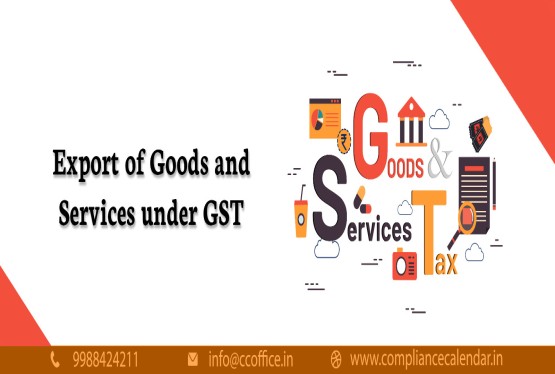













































_for_FY_2025-26_crop10_thumb.jpg)



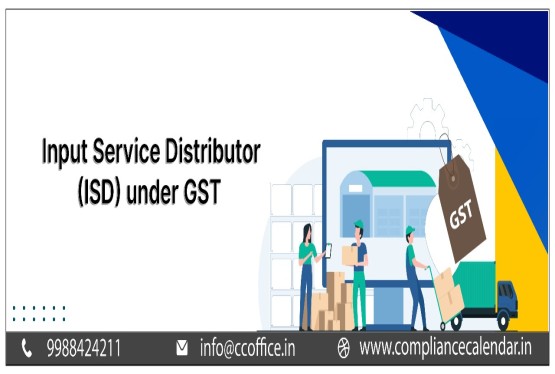








_learn_crop10_thumb.jpg)








_Filing_Due_Dates_for_FY_2024-25_learn_crop10_thumb.jpeg)
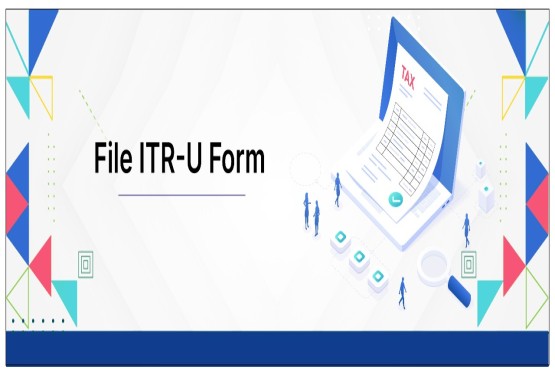
























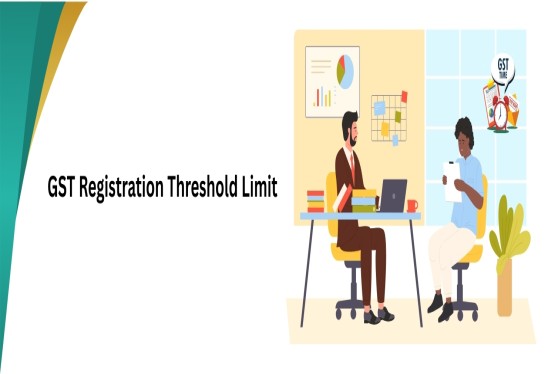
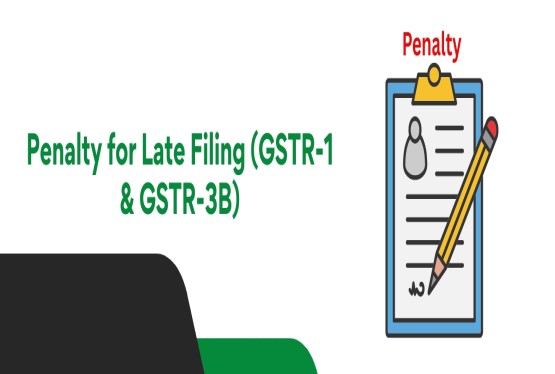












_of_GST_Act_learn_crop10_thumb.jpg)









_Under_GST_learn_crop10_thumb.jpg)









_crop10_thumb.jpg)


_crop10_thumb.jpg)






_learn_crop10_thumb.jpg)






















_of_the_Income_Tax_Act_learn_crop10_thumb.jpg)



_learn_crop10_thumb.jpg)






_learn_crop10_thumb.jpg)






_crop10_thumb.jpg)




















_in_The_Income_Tax_Act,_1961_learn_crop10_thumb.jpg)



_learn_crop10_thumb.jpg)



_of_the_Income_Tax_Act_learn_crop10_thumb.jpg)

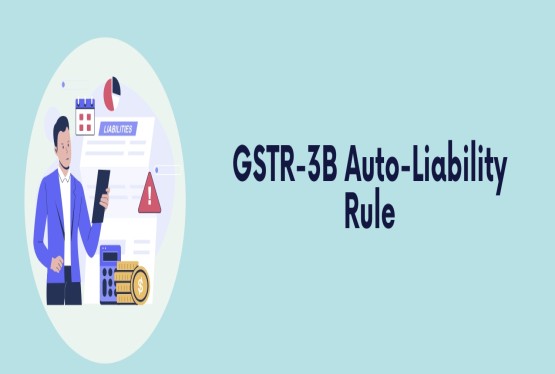
_Of_Income_Tax_Act_learn_crop10_thumb.jpg)








_learn_crop10_thumb.jpg)








_learn_crop10_thumb.jpg)
_crop10_thumb.jpg)

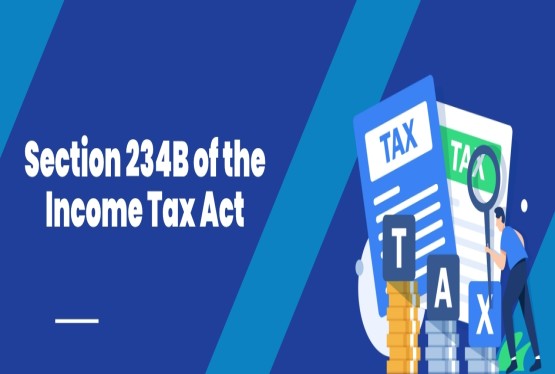




















_learn_crop10_thumb.jpg)
_for_Import_and_Export_learn_crop10_thumb.jpg)










